Related Posts
- Buy Tickets for The Constitutional Walking Tour of Philadelphia – See 20+ Sites on a Primary Overview of Independence Park, including the Liberty Bell and Independence Hall
- George Washington - One of America's Founding Fathers
Overview - Where a brutal winter nearly ended the American Revolution
On December 19, 1777, 12,000 soldiers and 400 women and children marched into Valley Forge and began to build what would temporarily become the fourth largest city in the United States, comprised of about 1,500 log huts and wo miles of fortifications. Lasting six months, from December 1777 until June 1778, the Winter Encampment was a diverse city, with people who were free and enslaved, rich and poor, speakers of several languages, and believers in various religions.
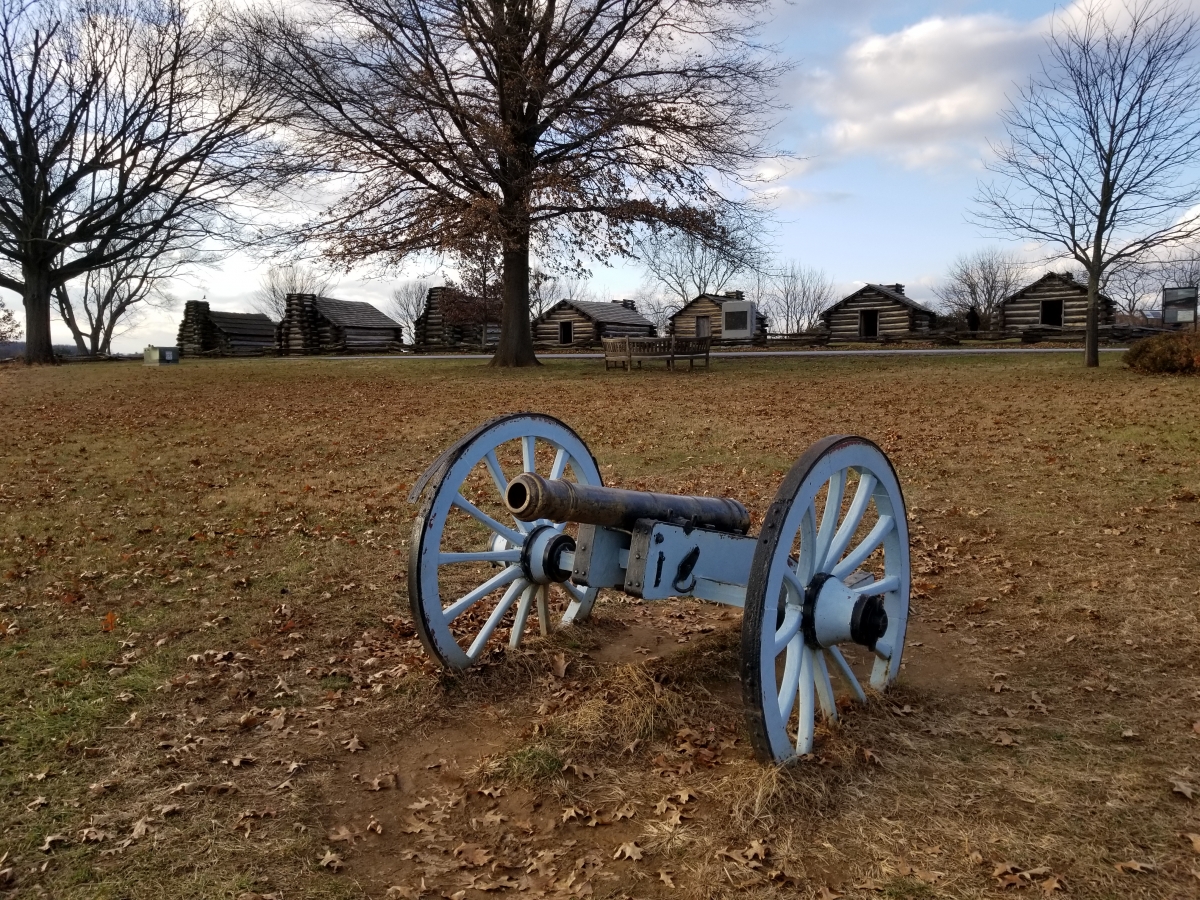
The History
When George Washington’s Army arrived in Valley Forge on December 19, 1777, spirits could not have been high. The Continental Army had lost the Capital city of Philadelphia following the Battle of Brandywine, and Washington’s attempt to win Philadelphia back in the Battle of Germantown had also failed. Following their loss at Germantown, Washington marched his army to Valley Forge, an area roughly 20 miles Northwest of Philadelphia to camp for the winter.
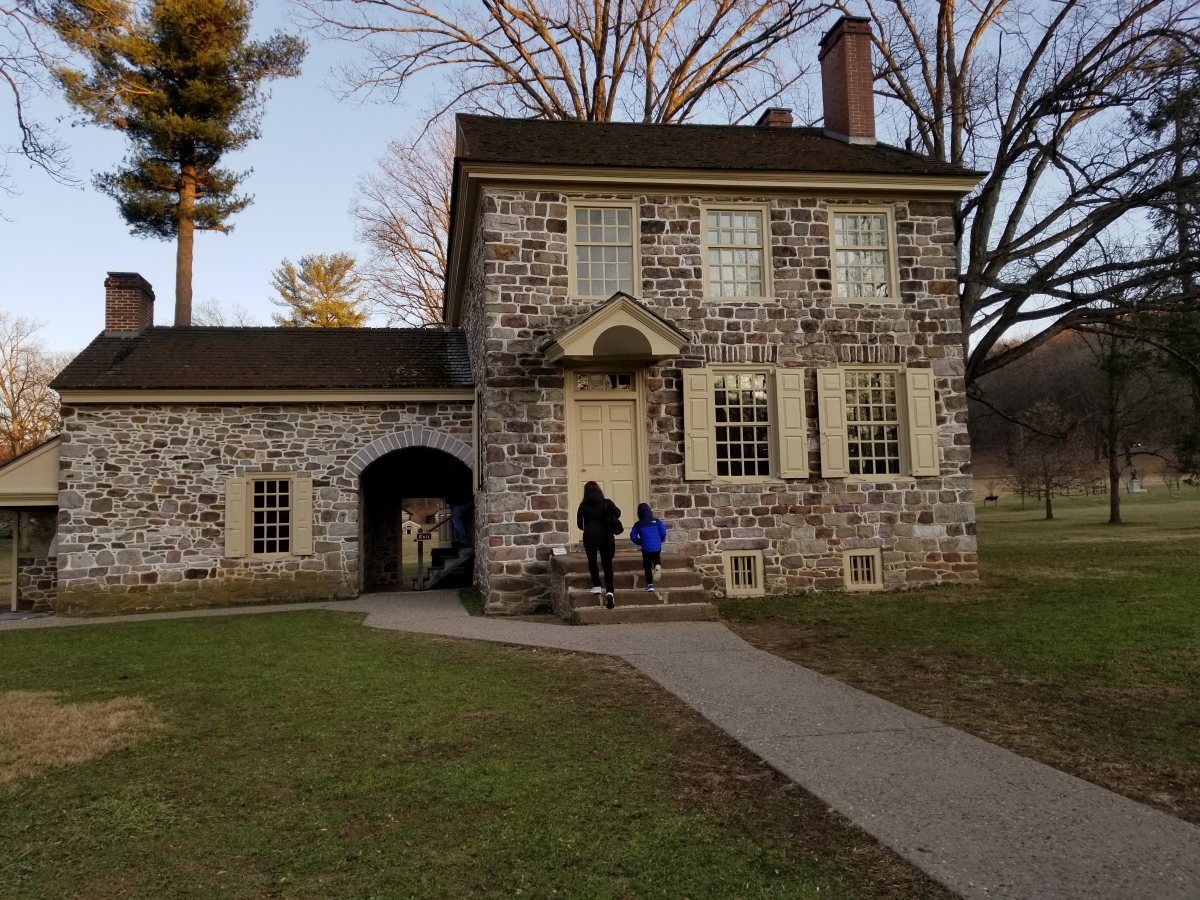
Washington and his army quickly constructed thousands of log huts in attempt to protect his soldiers from the harsh Winter elements. The 12,000 Continental Army soldiers who had arrived in Valley Forge were however ill equipped to survive the Winter despite the huts. Washington’s Army was desperate for food and supplies, more than half of the forces did not even own a pair of shoes since their footwear had been destroyed by the long marches. More than 20 percent of the soldiers who had arrived at Valley Forge would be dead by the time Winter was over. Another 4,000 soldiers would be declared unfit for duty.
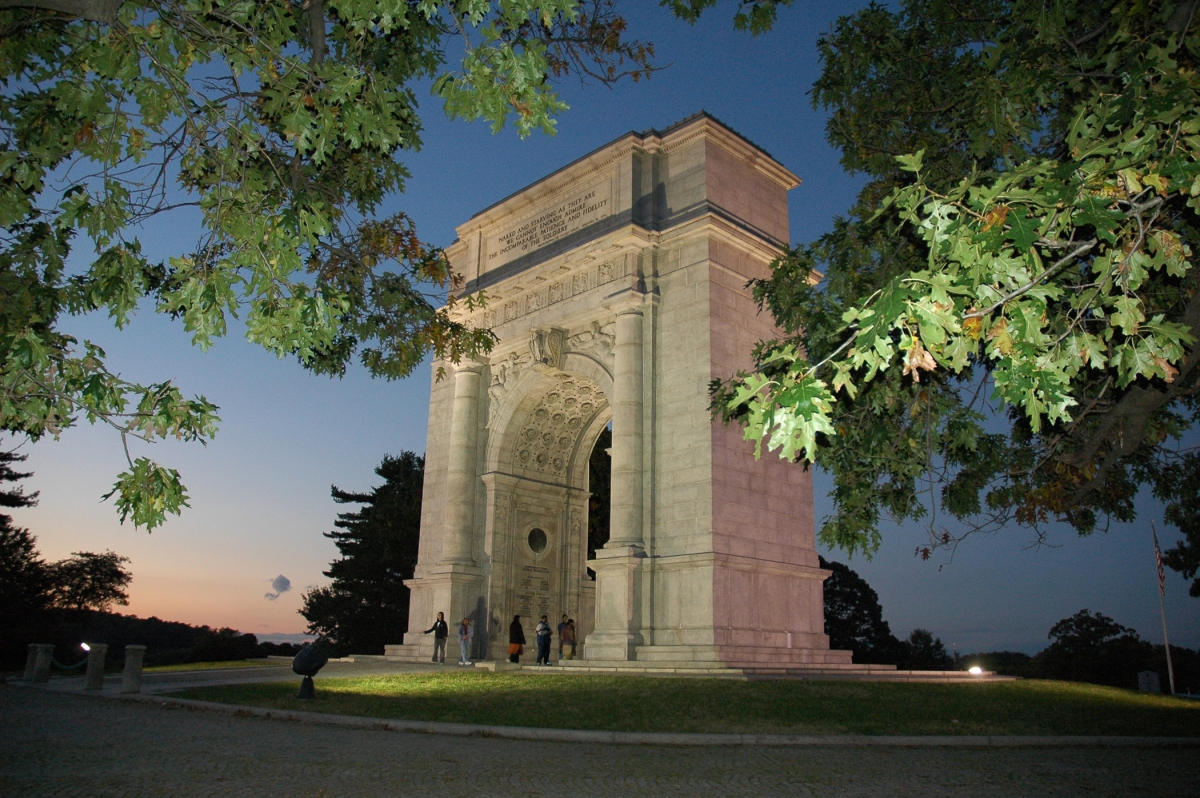
The terrible Winter of 1777 could have destroyed Washington’s Army and America’s hope for independence. Instead, the Continental Army departed Valley Forge a better army then they entered it. Washington later acknowledged that the terrible Winter in Valley Forge brought his men together and gave them the strength and toughness that they would need to ultimately win the American Revolutionary War.
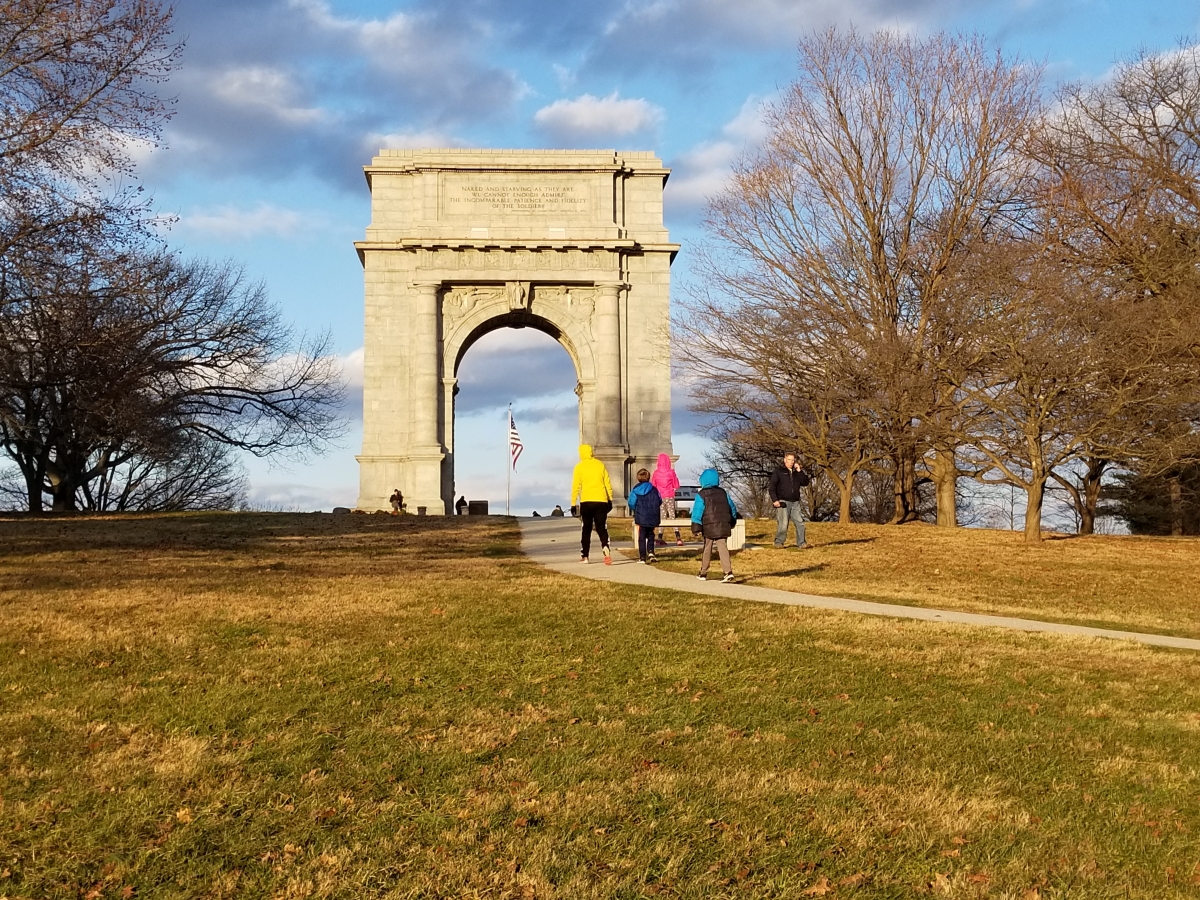
Aside from helping his soldiers gain mental toughness, Washington’s Army also left Valley Forge as better soldiers. Baron Friedrich Wilhelm von Steuben, a former elite General in the Prussian Army, offered his services to Washington’s Army. Despite his inability to speak English, von Steuben drilled the inexperienced Continental Army into skilled soldiers. Von Steuben instructed soldiers on the proper techniques used in aiming muskets, charging with bayonets, and moving together in ranks.
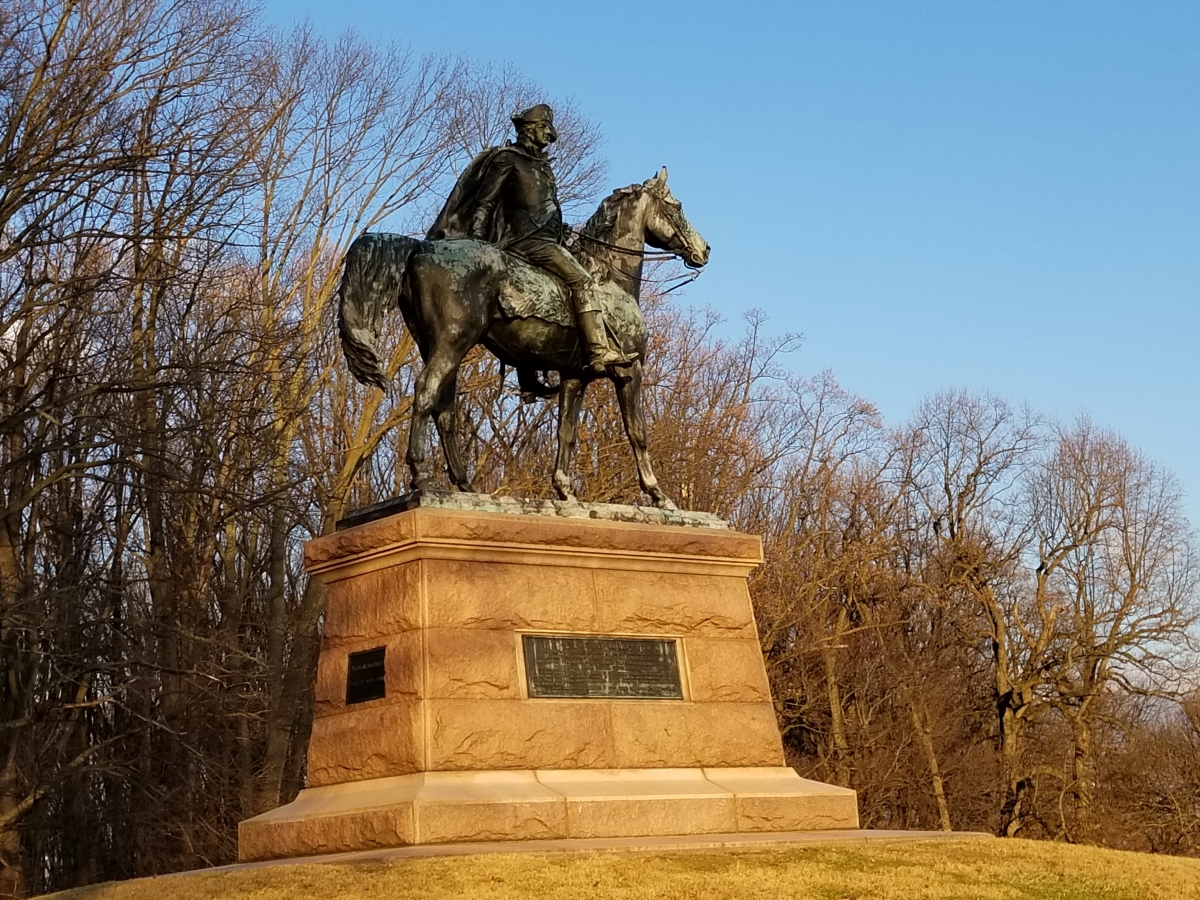
Washington was also able to successfully petition the Continental Congress for more food and supplies. He also received the help of his own wife, Martha Washington, who had arrived in Valley Forge in February of 1778 for the Winter Encampment. Organizing the wives, children, mothers, and sisters of other soldiers, Martha Washington set about improving the conditions of the camp and the soldiers themselves. Martha organized a sewing circle to help patch the soldiers' tattered clothes and visited soldiers in the hospital. By the time Winter ended, Washington’s Army had not only survived, they were reinvigorated.
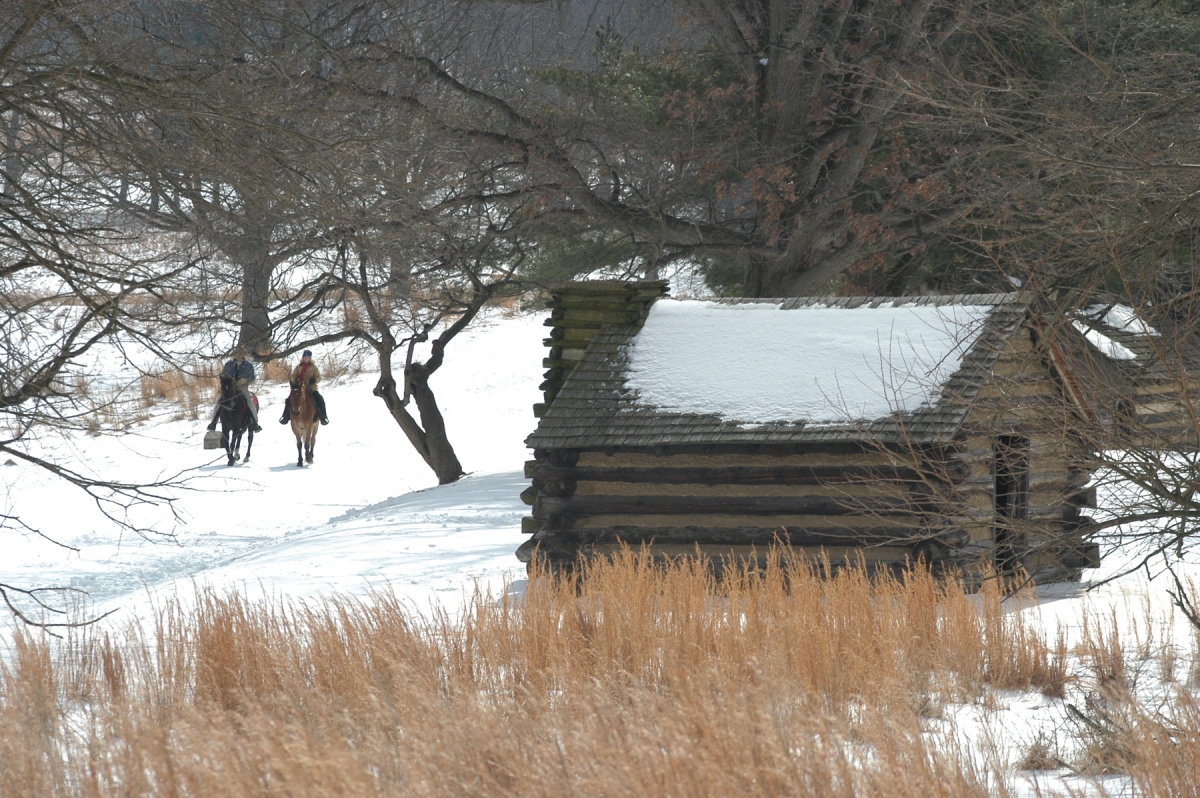
What to See
Throughout the entirety of his stay in Valley Forge, George Washington stayed in a house built in 1777 by Isaac Potts. Washington's Headquarters were in a Georgian styled stone house which still stands today and has been restored to look as it did when Washington lived there. Both Washington and later his wife, Martha, lived in the house during their stay at Valley Forge. Washington’s Headquarters is open to visitors daily, and there is no cost of admission. Washington's staff also worked within his headquarters which included a young Alexander Hamilton who would rise to the occaission durring this difficult time and endear himself to George Washington.
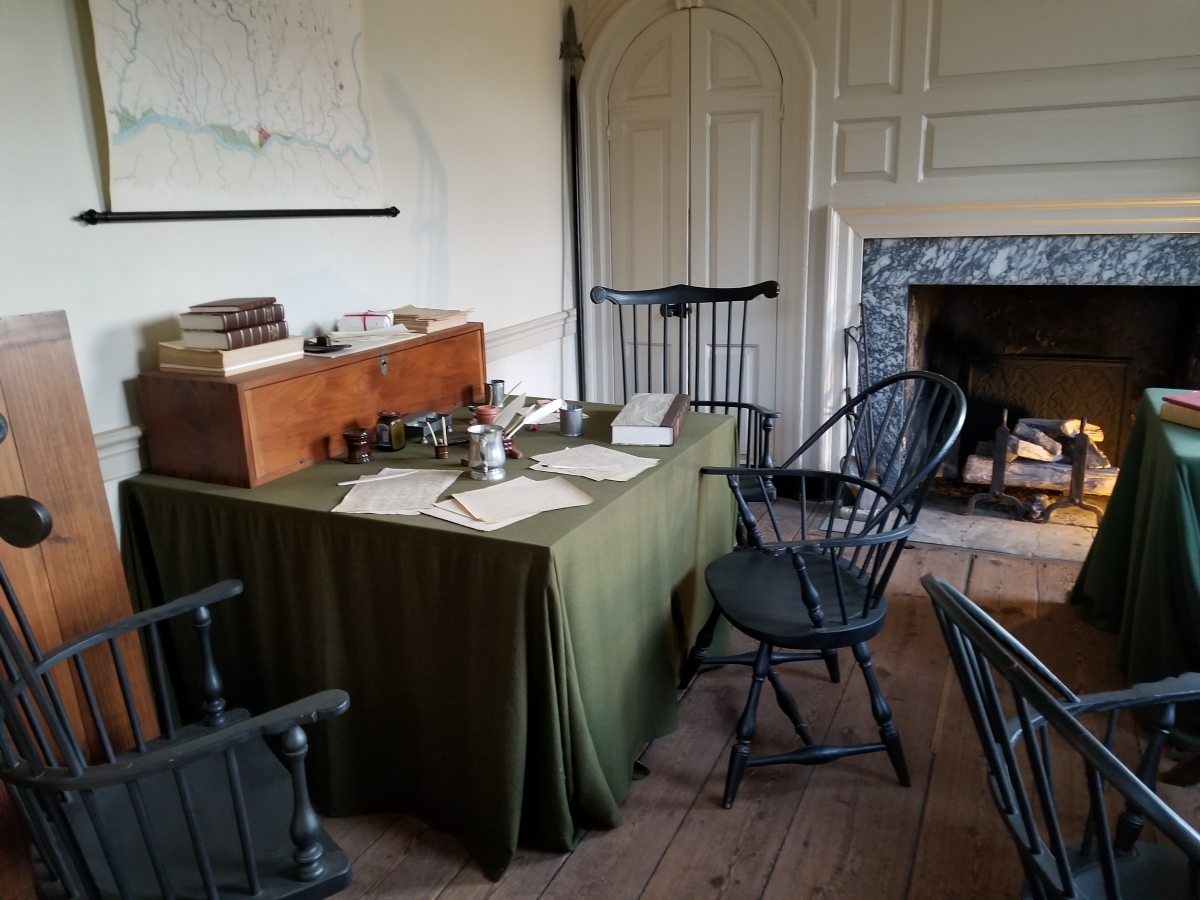
Valley Forge is also filled with many log cabins. None of the cabins are original cabins constructed by Washington’s Army, but rather 20th Century reproductions of those historic log huts (cabins). Visiting Valley Forge’s Log huts helps to show the conditions that Washington’s Army had to endure.
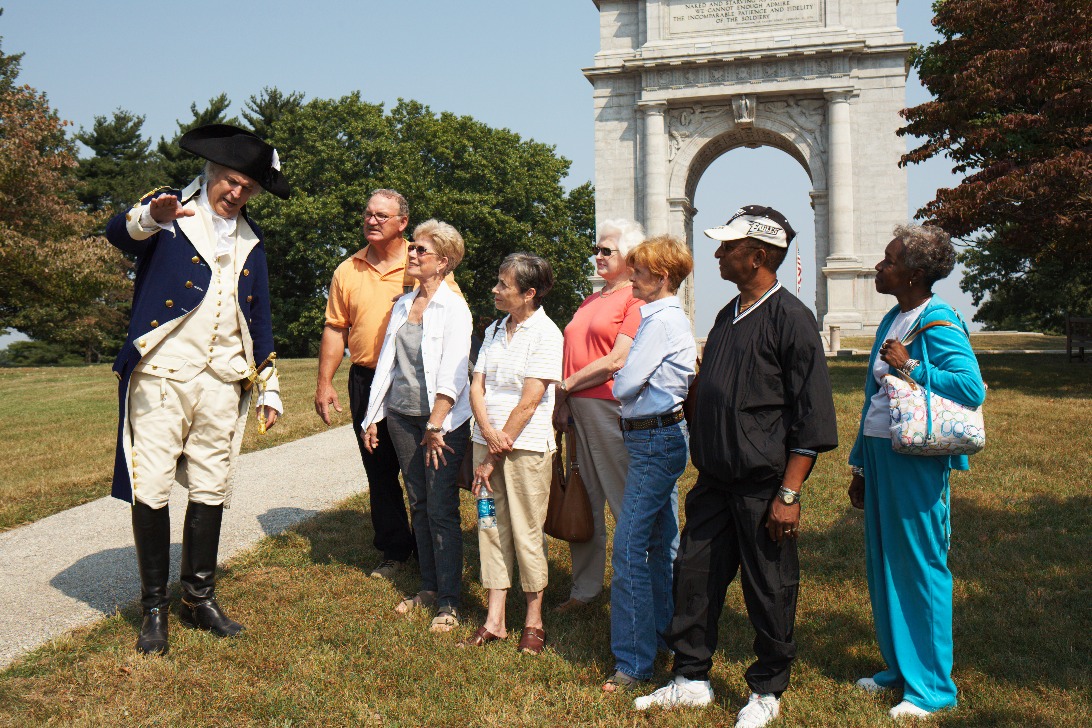
Insider Tips
Guests of The Constitutional Walking Tour know that in Independence National Historical Park in Philadelphia, the history is very concentrated. It is, after all, what we call America’s Most Historic Square Mile, and it is packed with significant buildings and important history. At Valley Forge National Historical Park, the historic sites are considerably more spread out across an idyllic setting. While the area surrounding Valley Forge has become increasingly urbanized in recent years, the park itself is still very bucolic.
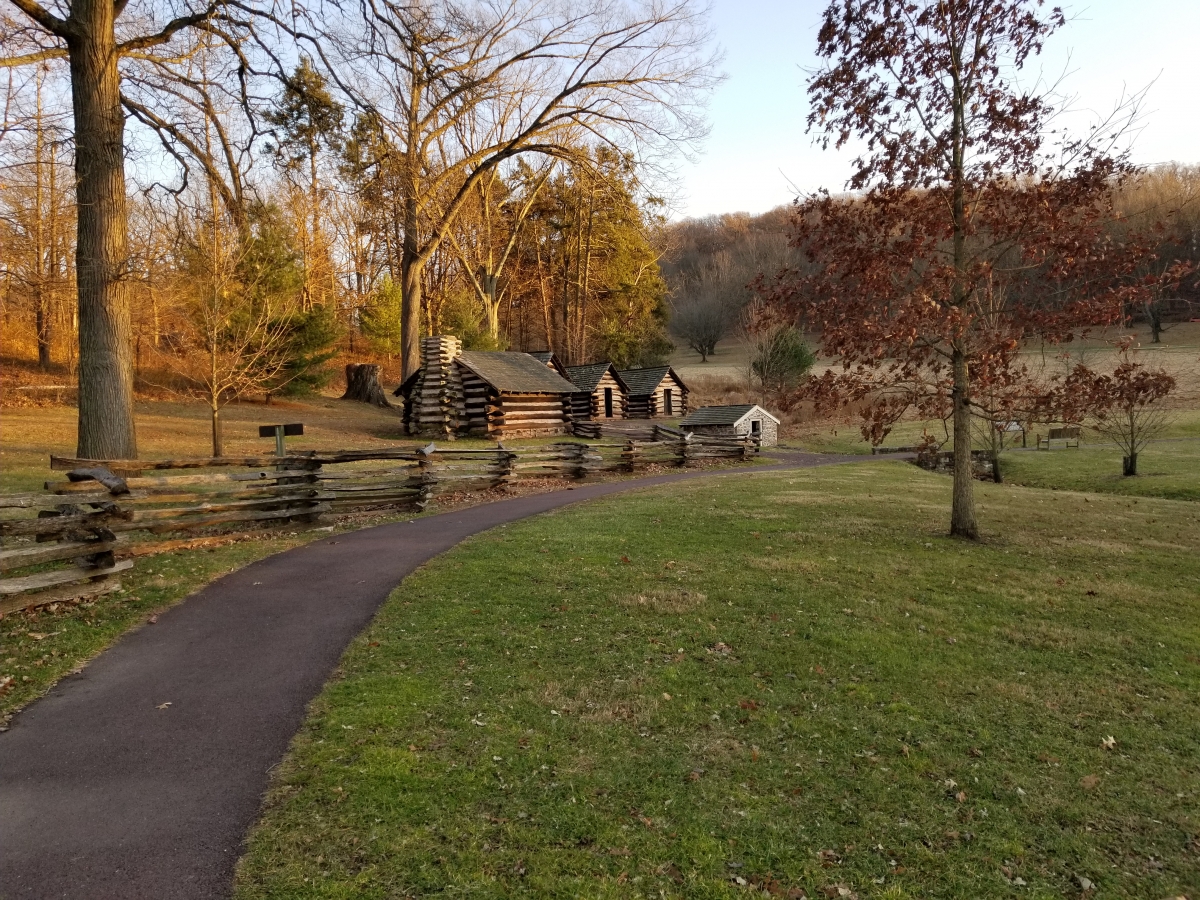
This creates the opportunity to see more than just history at Valley Forge. With all of the nature at Valley Forge, there are even “bird walks” that you can join; giving tourists the opportunity to see and hear many different species of birds on a free guided walking tour. There are also bicycle tours through Valley Forge that allow visitors to see many of the park's significant historic sites over the course of a five mile, two hour tour. While we like to say that Philadelphia is best seen on foot, Valley Forge is best seen on a bike.
How to Get There
Valley Forge is located roughly 45 minutes outside of Philadelphia (depending on traffic). To get to Valley Forge from the National Constitution Center where The Constitutional Walking Tour begins and ends its tours, start by driving west on Arch Street. Make a right on 7th Street and then merge onto I-676W and then merge onto I-76W. Take exit 328A to get on US-422 W and then take exit 23 W toward Valley Forge.
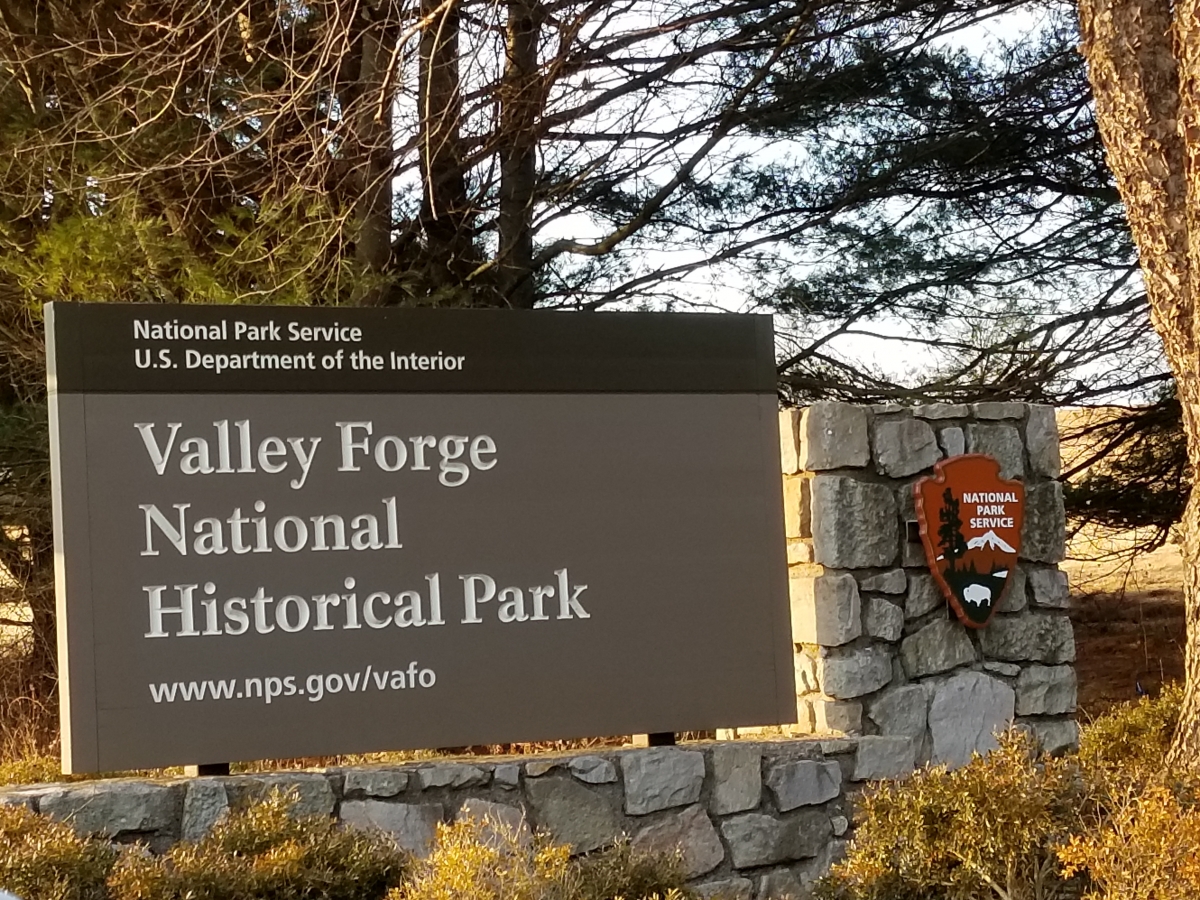
Hours
Park grounds are open daily, year round from 7AM to dark.
For the hours of individual sites within Valley Forge National Historic Park please check their website.
Additional Information
1400 North Outer Line Drive
King of Prussia, PA 19406
610.783.1000



